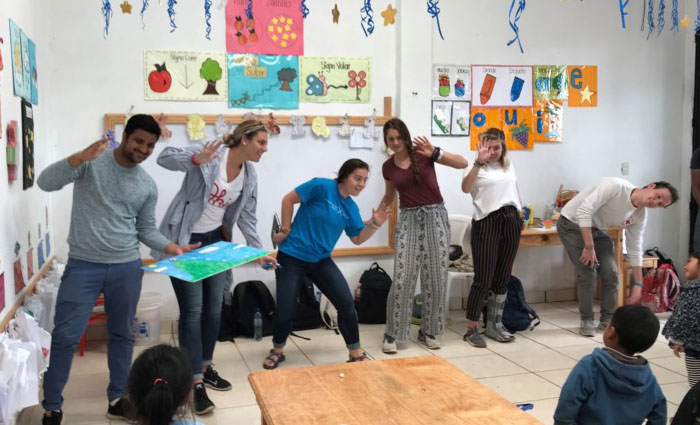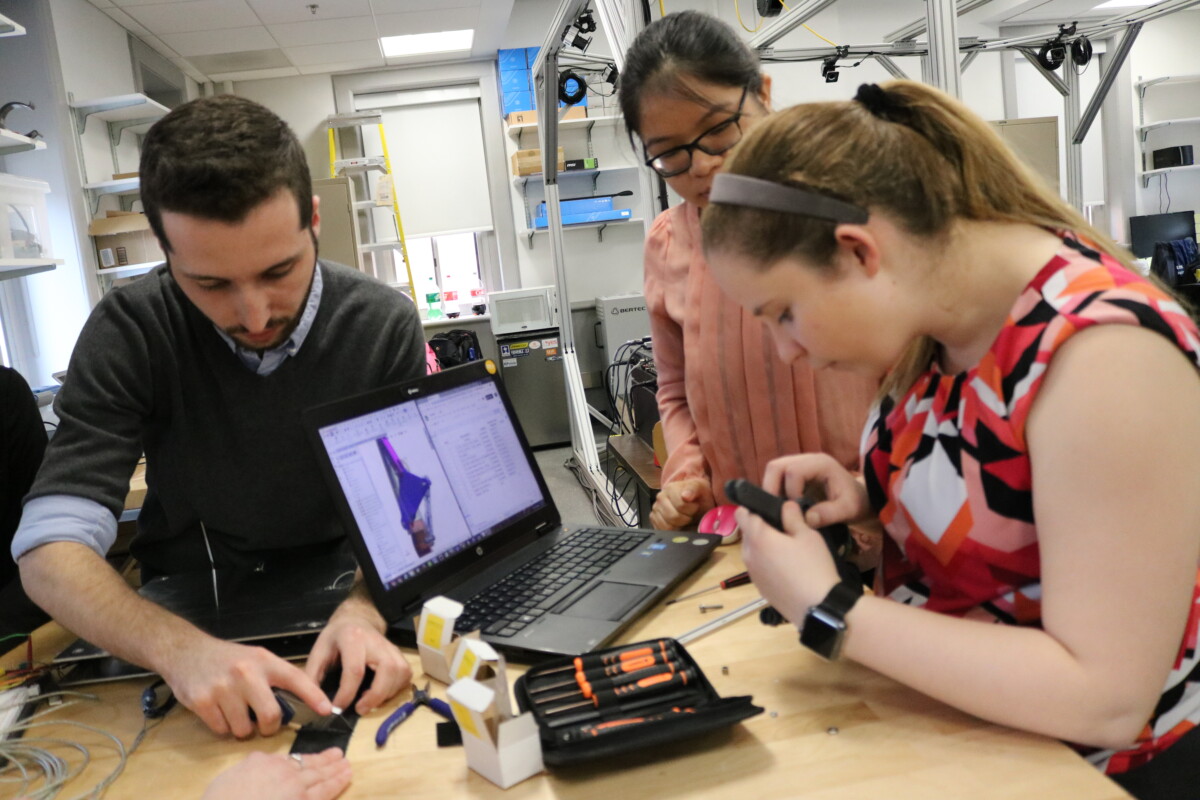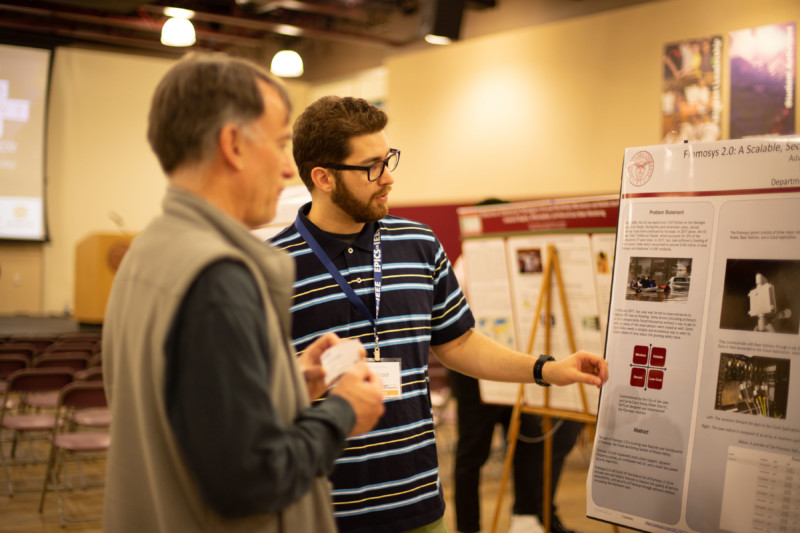Frequently
Asked Questions
Looking to volunteer, lead a project, or partner with us? Here’s what you need to know.
How do I submit a project proposal?
You can submit a proposal via our submission platform or e-mail epicsineieee@ieee.org with your additional questions.
How much funding can I receive for a project?
Awards can be used for project-related supplies (i.e, salaries, honorariums, personal computers, significant capital equipment or research supplies, etc. are not eligible for funding.) and typically range from US$1,000 to US$10,000 apiece.

What is the project approval process?
The EPICS in IEEE Committee will review your submission and will contact you within 60 days of the deadline with either a request for more information or with an acceptance or rejection notice.
What should I include in my project proposal?
Once you have an idea for your service-learning project, the first steps are to establish the following:
- Project Details
- Project Team
- Non-profit partner(s)
- Budget
- Estimated Impact
Then you will need to fill out the formal application in the Grant Management Platform. Click here for items to consider as you fill out your application.

How do I become a project volunteer?
Contact your local IEEE Section or contact us at epicsinieee@ieee.org.
Click here if you are interested in information about becoming a mentor.
What are the submission due dates?
There are three deadlines in 2023 for proposal submissions: March 1st, June 1st, and November 1st.
How are projects reviewed?
Project proposals are reviewed from a holistic perspective. The following are questions the EPICS in IEEE Committee typically look for as they review your proposal. Please use the following questions as a guide while entering your proposal.
- Does the project address some element of an engineering design?
Note: EPICS in IEEE do not typically fund research proposals that are focused on problem-identification or data collection, rather than solution development.
- Does the project align well with the needs of the non-profit (NGO)?
- Will the non-profit organization continue or sustain project implementations once it is completed?
- How does this project fit within the scope of the EPICS theme?
- How is the project an example of service learning? Is there a meaningful impact on the participants?
- How does the budget match the proposed efforts, and are the budget items allowable?
Note: EPICS in IEEE typically only funds requests for materials and it does not typically approve requests for stipends, honorariums, maintenance, personal computers, significant capital equipment or machinery, etc
- What are the pre and post-assessment plans for the project (how will success be measured)?
What are the ongoing reporting requirements?
The project leader must submit quarterly reports for the entire duration of the project after initial funding is approved. The project leader must also submit a final report detailing the achievement of milestones and the expenditure of funds within one month of project completion.
What are the benefits of submitting a project proposal to EPICS?
EPICS in IEEE provides funding for the project as well as mentorship from engineering professionals and global recognition for your project.
What types of projects does EPICS fund?
Our mission is to help create a world where engineering is intimately connected to community service. All projects must include students (high school or university) and use the engineering design process to apply technology to solve a community problem. We support projects in four core areas: Access and Abilities, Education and Outreach, Environment, and Human Services. Check out our projects page for previous projects.
How does EPICS use donations?
More than 80 percent of resources raised from donors goes directly to projects that support students and communities. Visit our donor page to learn more about becoming an EPICS in IEEE donor.

